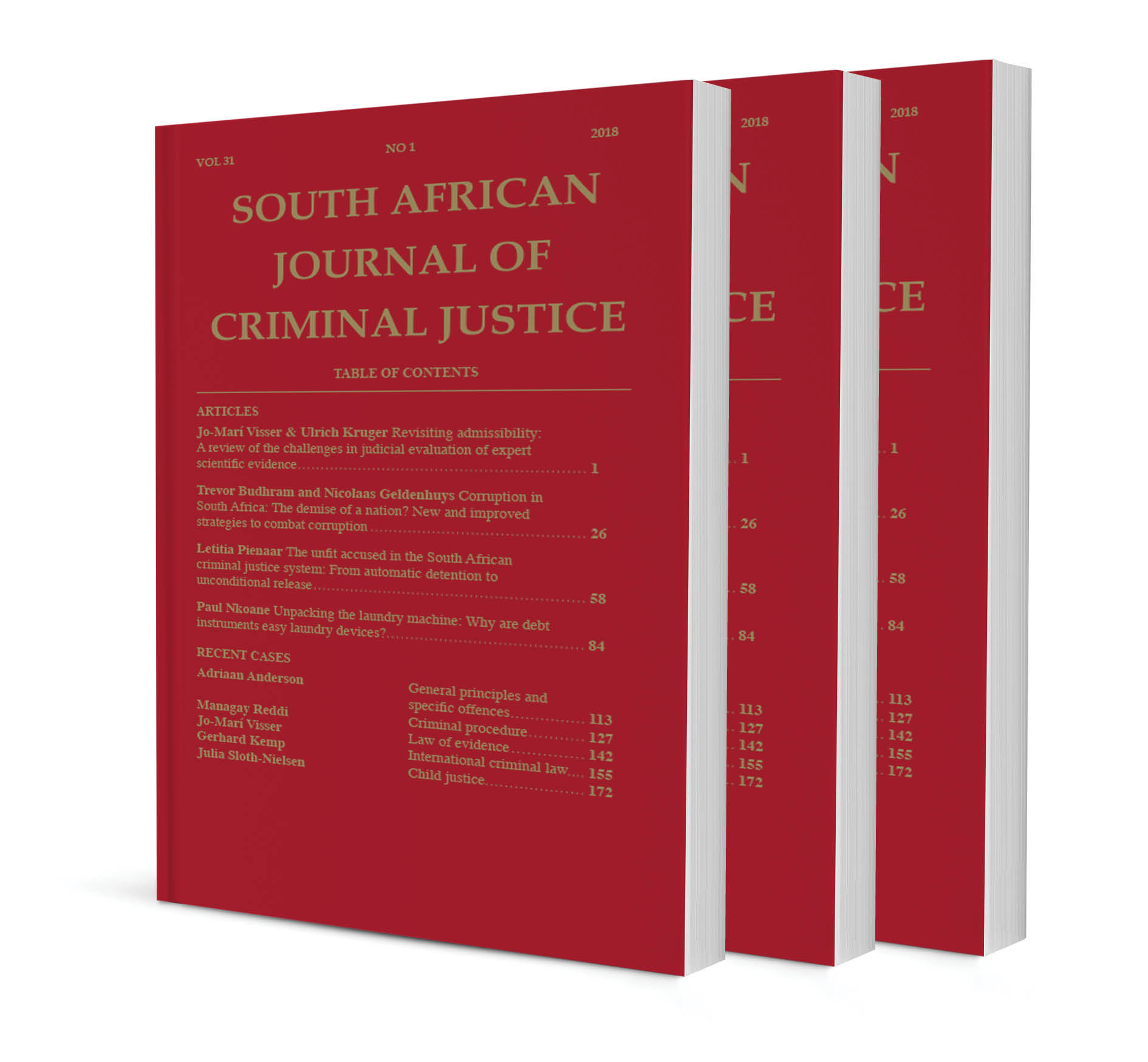
An analysis of the offences relating to malicious communications and associated court orders under the Cybercrimes Act 19 of 2020
Author: Delano van der Linde
ISSN: 1996-2118
Affiliations: LLB LLM LLD (Stell); Associate Professor, Faculty of Law, Stellenbosch University
Source: South African Journal of Criminal Justice, Volume 37 Issue 3, p. 363-394
https://doi.org/10.47348/SACJ/v37/i3a4
Abstract
As society has been increasingly reliant on online platforms to communicate, it has also unfortunately become increasingly necessary to criminalise communications which violate the constitutional rights of equality, dignity as well as bodily and psychological integrity. The Cybercrimes Act 19 of 2020 creates a trilogy of new offences, namely the disclosure of data messages that incite damage to property or violence (s 14), data messages which threaten persons with damage to property or violence (s 15) and the unlawful disclosure of intimate images (s 16). These offences are collectively referred to as ‘malicious communications’ under Part II of the Act. Due to several constitutional and interpretive issues, it is doubted how effective these new offences will be in practice. Perhaps the most potent protection for complainants will be the orders that courts may make to ‘protect complainants from the harmful effect of malicious communications’ under Part VI of the Cybercrimes Act (which has yet to come into force). These orders include protection orders to prohibit the disclosure or subsequent disclosure of malicious communications and the removal or disabling of access to such messages. Some of these orders are similarly marred with interpretative issues but do not negate their practical necessity.